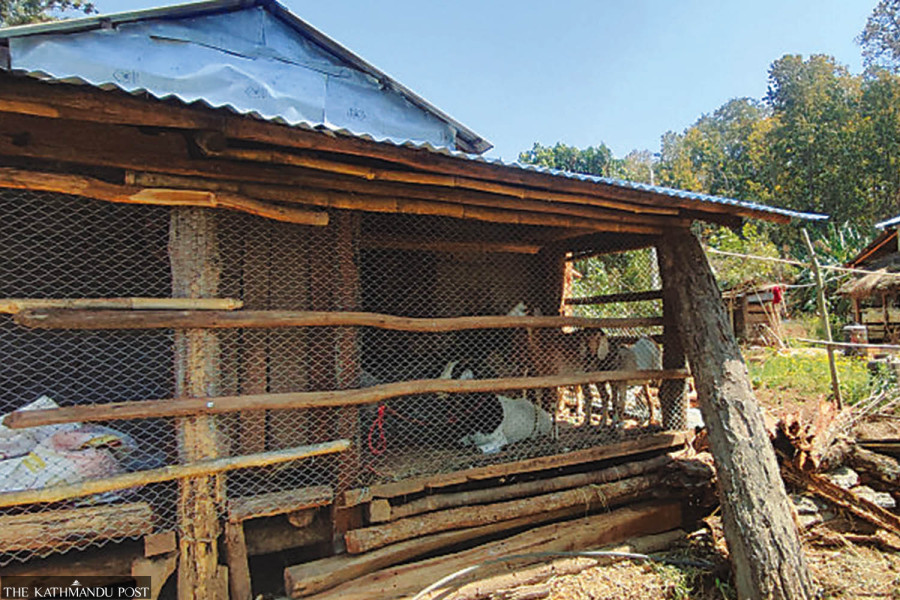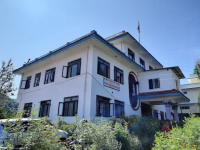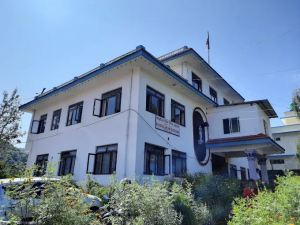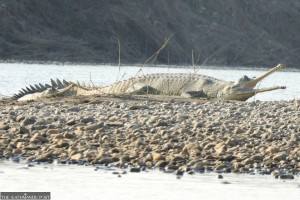Bagmati Province
Local units demand role in park buffer zone management
As federal government works on new regulations to manage buffer zones, stakeholders call for balancing conservation with livelihoods and local needs.
Ramesh Kumar Paudel
As the federal government is working on new regulations to manage buffer zones around national parks and reserves for implementing conservation-related programmes and policies, people’s representatives of local governments are calling for urgent and significant reforms. During a recent discussion held at the headquarters of Chitwan National Park in Kasara, local representatives voiced strong dissatisfaction with the current structure and functioning of buffer zones.
“There is even a movement in our local unit demanding the dissolution of the buffer zone. As responsible representatives, we seek coordination and solutions. The local residents’ demand doesn't seem entirely unjustified,” said Tara Kumari Mahato, mayor of Madi Municipality which entirely lies within the buffer zone. She demanded to address the problems of the local people while formulating new regulations.
Chitwan National Park's buffer zone spans 729.37 square kilometres and covers 12 local units across Chitwan and Makawanpur districts of Bagmati Province, Nawalparasi East of Gandaki Province and Parsa district of Madhesh Province. Established in 1973, it is the country’s first national park which spreads across 952.63 square kilometres. The buffer zone was declared in 1996 to involve locals in conservation efforts beyond the park’s boundaries.
Chief Conservation Officer Ganesh Pant explained that the concept of buffer zone was introduced to address how far wildlife influence extended outside the park and how communities historically depended on these forests for resources. “The national park was established primarily to conserve one-horned rhinos. The concept of the buffer zone emerged to include the local people along with the park’s administration and the army in the conservation of flora and fauna,” said Pant.
Many local leaders, however, argue that the outdated system no longer works. Mayor Mahato emphasised that traditional approaches can no longer sustain the buffer zone. “For example, women’s groups in Madi trying to make income by selling Sal (shorea robusta) leaf-plates face uncertainty due to possible restrictions from the park,” she said.
Khem Prasad Mahato, deputy mayor of Madi Municipality, has a similar view. “There are around one and half a dozen streams in Madi. They cause flooding and erosion each year. Yet locals face obstacles when trying to use riverbed materials like stones and sand deposited by the streams for development,” Khem complained.
The people’s representatives and local stakeholders urged the authorities concerned to understand the hardships of locals and address the issues accordingly.
Narayan Prasad Sapkota, chairperson of the Panch Pandav Buffer Zone Consumer Committee, said that outdated laws and policies should be revised or replaced. Stating that the existing buffer zone regulations are around three decades old, he underscored the need for formulating new regulations to address the locals’ concerns in the changed context.
Mayor Shashi Khaniya of Khairahani Municipality criticised the lack of legal recognition and coordination between buffer zone bodies and local governments. He suggested the buffer zone committees be placed under the local forest and environment committees to ensure accountability. “Locals come to us when wildlife causes damage but we don’t have any role or authority on the matter,” he said.
Many people’s representatives attended the interaction and accused the buffer zone and park management of harbouring ‘feudal’ mindsets. They claimed the authorities ignored the problems despite their active participation in conservation.
Prakash Dhungana, chairman of the Chitwan Buffer Zone Management Council, stressed that the new regulations must address land disputes and allow responsible use of natural resources like riverbed materials. He also pointed out the need for broader legal reforms beyond just regulation updates. “We need to make structures more local government-friendly,” he said.
According to Chief Conservation Officer Pant, a task force has been formed under Bed Kumar Dhakal, deputy director general of the Department of National Parks and Wildlife Conservation, to draft new regulations. The task force has proposed that buffer zone groups operate at the ward level and consumer committees at the municipal level, ensuring participation of local representatives and women.
The new regulations are expected to include provisions for the extraction and use of riverbed resources within and outside the buffer zone boundaries. The proposed changes also include giving representation to the District Coordination Committee in the buffer zone council. Currently, buffer zone groups form consumer committees and council members are selected from among committee chairs.
Narayan Prasad Adhikari, the chief of the Chitwan District Coordination Committee and coordinator of the policy discussion, emphasised the need for equitable benefit-sharing from conservation efforts. “Wildlife conservation must go hand-in-hand with fair distribution of its benefits,” he said.




 7.12°C Kathmandu
7.12°C Kathmandu1.jpg)











%20(1).jpg&w=300&height=200)

